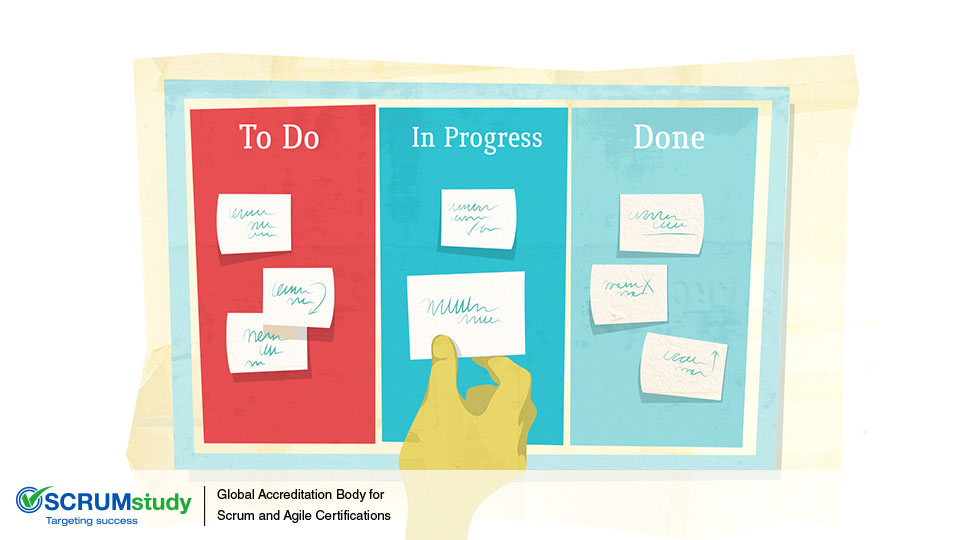What are Story Points in Scrum?
Posted by SCRUMstudy® on July 17, 2024
Categories: Agile Product Backlog Product Development Project Delivery Scrum Scrum Guide Sprint Backlog
In Scrum, story points are a crucial metric for estimating the effort required to complete a user story or a task. They serve as a unit of measure that helps teams gauge the complexity, risk, and size of work items. Story points prove their worth in Scrum by providing a relative estimation rather than absolute time-based estimates. This relative estimation allows teams to focus on understanding the work's complexity and requirements without getting bogged down in predicting exact timelines.
This approach renders it quite simple enough to create these kinds of estimates while facing uncertain situations. With experience and time, Scrum teams will develop the capability to sharpen up their estimates for more precision. They can figure out the number of story points that can be accomplished within a single iteration. While planning for long term execution of tasks in the evitability of facing uncertainties in a project, story points provide the best worth in terms of creating relative quantitative measurements.
In terms of a website creation project, the project management team adopting old-fashioned mode may see it pertinent to put in a condition pre-stating the needs related with the website. Internal stakeholders such as the developing team would need to provide an estimated time for coding the website to the project manager to determine a fixed schedule and the date of delivery.
In Agile development projects using the process of Scrum, representation of the varied requirements are made through those stories. Instead of letting team members figure out the duration of each story, they can be asked by the project manager to allot story point values per every single requirement. An upper point value can be allotted to stories which are more complex compared to average ones. Instead of an absolute value of time, the story points in comparison are pretty more complicated. Velocity of the team can be determined according to the number of completed story points per iteration.
Historical data helps to calibrate the velocity over time, allowing for improved predictability. Consistency of the velocity of the team can be attained through the self-rectification process which is continual, even though some inconsistencies were realized in the initial stage. Data recorded historically can prove to be valuable by readjusting the velocity over the passage of time which in turn can lead to enhanced predictability.
Accuracy pertaining to estimation can be achieved over a period of time due to the iterative feature of Agile development. There is no real benefit of the team striving to ascertain the definite timelines when faced with uncertain specifics. Then it’s time for the team to make use of systematic guess work which would be more helpful.
Story Points in Scrum
Posted by SCRUMstudy® on March 22, 2023
Categories: Agile Product Owner Scrum Scrum Guide Scrum Master
In Scrum relative values are usually used for story points estimation instead of absolute values. This approach makes it simple to create estimates while facing uncertain situations. With experience and time, Scrum teams will develop the capability to sharpen their estimates for more precision. They can figure out the number of story points that can be accomplished within a single iteration. While planning for long term execution of tasks in the inevitability of facing uncertainties in a project, story points provide the best worth in terms of creating relative quantitative measurements.
In terms of a website creation project, the project management team adopting an old-fashioned mode may see it pertinent to put in a condition prestating the needs related to the website. Internal business stakeholders such as the developing team would need to provide an estimated time for coding the website to the project manager to determine a fixed schedule and the date of delivery.
In Agile development projects using the Scrum framework, representation of the varied requirements are made through User Stories. Instead of letting team members figure out the duration of each story, they can refine the User Stories into tasks and allot story points per task. An upper point value can be allotted to stories which are more complex compared to average ones. Instead of an absolute value of time, the story points are a bit more complicated: they consider effort needed, past experiences of team members with similar tasks, and available resources as well as an estimation of the time it might take. Velocity of the team can be determined according to the number of completed story points per iteration.
Historical data helps to calibrate the velocity over time, allowing improved predictability. Consistency of the velocity of the team can be attained through the self-rectification process which is continual, even though some inconsistencies were realized in the initial stage. Data recorded historically can prove to be valuable by readjusting the velocity over the passage of time which in turn can lead to enhanced predictability.
Accurate estimation can be achieved over a period of time due to the iterative feature of Agile development. When there is no real benefit of the team striving to ascertain the definite timelines when faced with uncertain specifics, it’s time for the team to make use of systematic guess work which would be more helpful.


